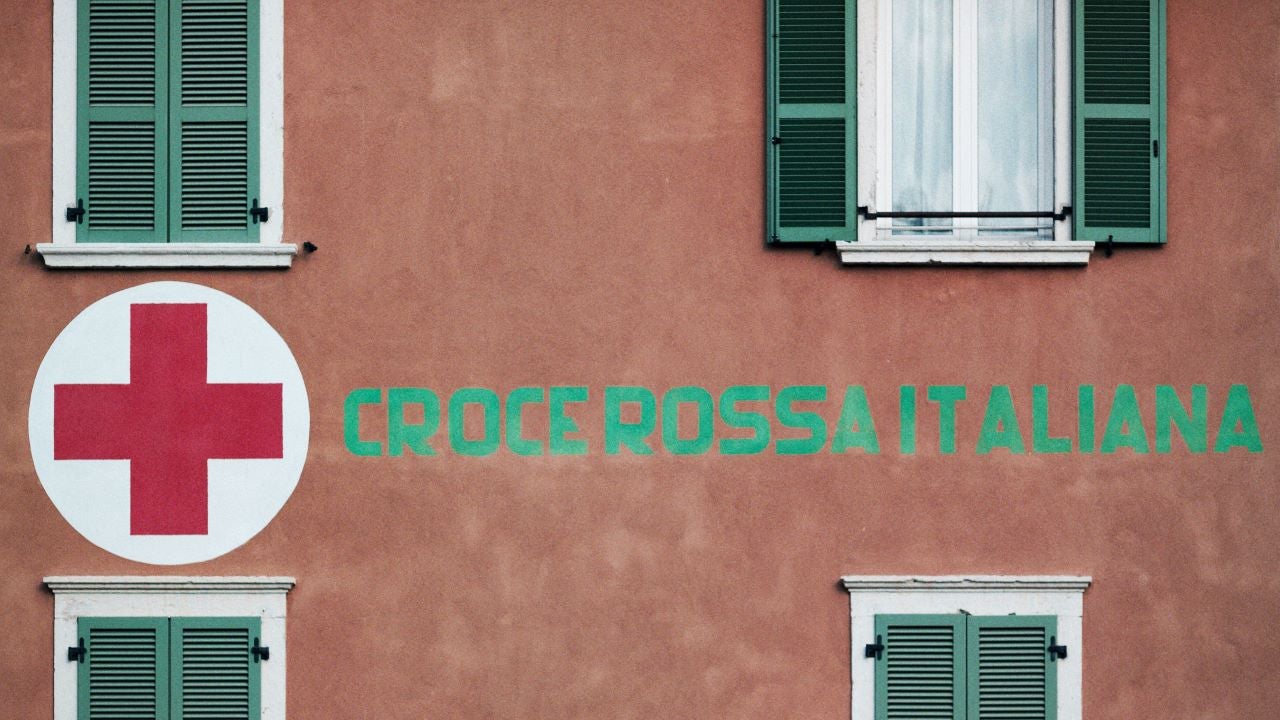
Markets and Economy Coronavirus impact and response: A global view
What can we learn from the hardest-hit countries, and what does this all mean for markets Weekly?

As European leaders have begun to understand the extent of the crisis threatening their economies and their way of life Covid-19, the wheels of government and central banks have gradually moved into motion, and at last the measures are starting to look more equal to the task.
At the last meeting of its Governing Council on 12 March 2020, the ECB said explicitly that the bank “does not see material signs of strains in money markets or liquidity shortages in the banking system”, and as a consequence they made three rather timid decisions:
These three actions were entirely in line with the proper role of a central bank as the “lender of last resort”, but faced with a panic of the type we have seen recently in the markets, the classic remedy advocated by Walter Bagehot (author of “Lombard Street” in 1873) was that central banks should lend in large volume against good collateral, but then withdraw the funds after the panic is over.
So the only problem was that the volume proposed was too small: the €120 billion amounted to a trivial 2.5% of the ECB’s balance sheet.
Fortunately, the ECB’s hesitation did not last for long.
Less than a week later, on 18 March the ECB had seemingly overcome many of the legalistic restraints and the intellectual orthodoxy by which it has been trapped over the past decade.
It started its announcement with the bold assertion that the ECB would “do everything necessary within our mandate to support all citizens of the euro area through this extremely challenging time.”
Coming just one week after Madam Lagarde had made the faux pas - for which she later apologised - of saying that it was not the responsibility of the ECB to narrow spreads in the euro area, this represents a sea change in official thinking.
Specifically, the Governing Council announced an entirely new programme of substantially greater dimensions: a new temporary €750 billion Pandemic Emergency Purchase Plan (PEPP) - the ECB seldom does anything new that does not involve a fresh acronym! - to be completed within this year.
In addition, there is greater flexibility built into the plan.
For example the ECB will not be bound by its capital in the timing of its purchases - i.e. it can temporarily buy more Italian BTPs (government bonds) if necessary.
Greek bonds are now included in the plan.
Finally, the purchases of private sector corporate bonds will be expanded to include commercial paper issued by non-financial corporations.
The €750 billion translates to purchases of about €80 billion per month.
In contrast to the 2.5% balance sheet expansion offered on 12 March, the new PEPP represents an expansion of the ECB’s balance sheet of 16%.
Already these measures have had a dramatic impact on Italian spreads, narrowing them sharply, but more will need to be done.
In particular, the more securities that the ECB can buy from non-banks, the better.
The reason is that purchases from banks do not create new money whereas purchases from non-banks are paid for by the creation of new deposits.
In other words, the impact on monetary growth will be much greater if the ECB “goes direct” - in effect creating money at a time when the banks may be reluctant to do so.
There are many unknowns about the scourge of the novel coronavirus.
Nobody can predict precisely the extent or duration of the economic downturn facing the euro area or other economies.
However, the recent experiences of China, South Korea, Singapore and Hong Kong offer good guidance.
If strong lockdown measures are taken at the right moment and enforced for long enough, the infection rates can be brought down dramatically and Covid-19 can be contained.
Already we are seeing signs that the Chinese economy is starting to recover.
There is no reason why Europe should not be able to replicate the same pattern over the next few weeks.
In that context it is a huge relief that the ECB Governing Council, under its new leadership, has finally grasped the scale of the task ahead and is responding accordingly.
With widespread shutdowns and cancellations of all kinds of business, social and sporting events, interruptions to supply chains and payment chains, a major economic downturn is possible in the short term, but now that central banks and governments have clearly shifted to a far higher level of activism the prospects that the crisis can be overcome in a shorter timeframe are much brighter.

What can we learn from the hardest-hit countries, and what does this all mean for markets Weekly?

A fundamentals-driven correction that may take some time to resolve.

Health care, monetary, and fiscal policy will all play critical roles in combating this crisis.